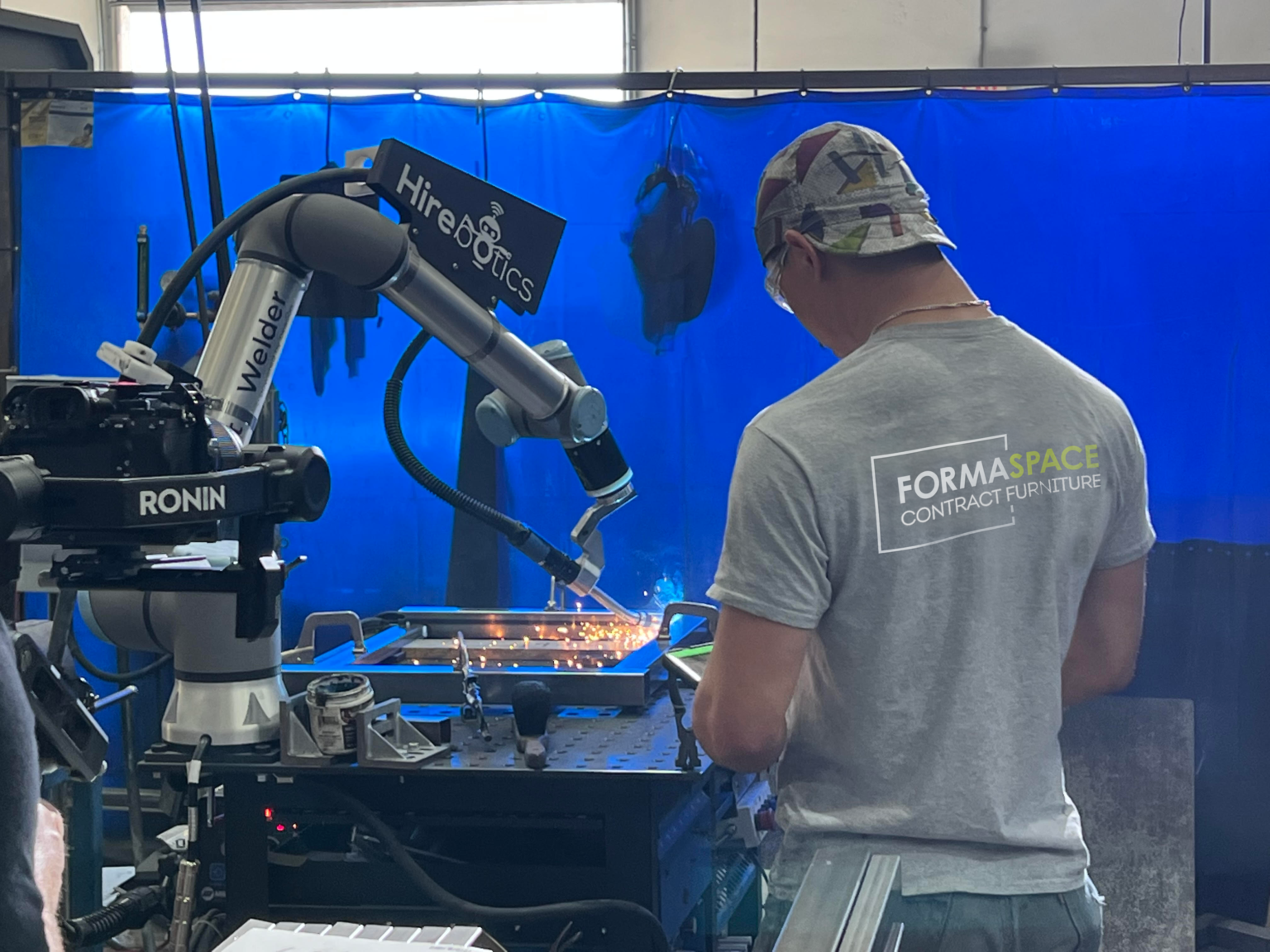EPA Proposes to Classify Two PFAS Chemicals as Hazardous Substances
Today we look at the EPA’s proposal to classify PFOA and PFOS as hazardous substances under CERCLA, commonly known as the 1980 Superfund Act. If adopted, the new standard will be finalized in 2023.
PFOA and PFOS are two of over 4,000 chemicals in the perfluoroalkyl and polyfluoroalkyl (PFAS) family, known as “forever chemicals” due to their resistance to breaking down in the environment. (For additional context, please see our earlier Formaspace PFAS report from 2021.)
Critics accuse the EPA of banning the production of many modern products, including life-saving PPE and surgical implements, that rely on PFAS chemicals. However, a closer read of the proposed rules reveals they will not ban manufacturing PFOA or PFOS.
Instead, CERLA’s mandate is to document, prioritize, and remediate pollution cases after the fact. Chemical manufacturers are not off the hook, however. If PFOA and PFOS are officially designated as hazardous substances, the EPA could pursue financial restitution from chemical companies to pay for site cleanup and mitigation.
“Diamonds may be Forever,” but so are Carbon-Fluorine Bonds
First discovered in the 1940s and widely commercialized in the 1950s, PFOA and PFOS (and related chemicals) helped revolutionize consumer and industrial goods, ushering in modern Teflon brand stick-free pans, water-repellent Gore-Tex jackets, and stain-resistant Scotchgard fabrics and Stainmaster carpets.

The long chain of nearly indestructible carbon-fluorine covalent bonds (the strongest in chemistry) creates a slippery, water-resistant substance that won’t break down in the environment over time (unlike most other chemicals) and is highly mobile, spreading easily from one pollution hotspot to another.
Policy Assessment: PFOA and PFOS Among Over 4,000 Related PFAS Chemicals
How significant is the proposed designation of PFOA and PFOS as hazardous substances?
Environmental critics argue the EPA is missing the forest for the trees.
They argue that the chemical industry turned away from PFOA and PFOS years ago in favor of one of more than 4,000 other chemicals in the perfluoroalkyl and polyfluoroalkyl (PFAS) family (such as “GenX”) – or, failing that, opt for PFAS pre-cursor chemicals (including fluorotelomer alcohols and fluorotelomer sulfonates) that can readily convert to PFAS. They maintain that unless these chemicals are restricted as well, human health remains at risk.
Primary Sources of PFAS Pollution in the Environment
Large-scale primary sources of PFAS pollution include:
· Fire Training / Fire Response Sites
Fire retardant chemicals often include significant quantities of PFAS chemicals.
· Industrial Sites
Chemical companies that manufacture PFAS (or PFAS Pre-cursors) are a major source of pollution, as are manufacturing facilities using them.
· Landfills
Because PFAS do not break down easily, landfills can become a hotspot for PFAS pollution. Dumping concentrated PFAS sources (such as filters) makes the problem worse.
· Wastewater Treatment Sites and Biosolids
Wastewater treatment sites that collect and concentrate effluents into biosolids can be a major source of PFAS pollution.
PFAS chemicals are highly mobile, easily escaping from primary sources to infiltrate surface waterways and groundwater – putting drinking water sources at risk.
PFAS pollution has led to high-profile litigation against manufacturers in the watersheds around Parkersburg, West Virginia (site of the Dupont Washington Works plant), in the Cape Fear River south of Fayetteville, North Carolina (site of the Chemours plant, previously Dupont), and the Rogue River region near Grand Rapids, Michigan (site of a 3M chemical plant and the Wolverine Worldwide shoemaker factory).
Where Can You Find Forever Chemicals? Here, There, and Everywhere
Unfortunately, the presence of PFAS chemicals can now be detected nearly everywhere. They can spread by attaching particulates – to be blown to distant areas or fall to earth in raindrops. Traces of PFAS can even be found in human blood and the fetal tissue of pregnant women.
So prevalent is PFAS contamination that environmental testing laboratories are instructed to follow strict protocols, including using known PFAS-free sampling equipment, to avoid cross-contamination.
It’s difficult for families and individuals to avoid PFAS exposure. In addition to its widespread use in water-repellent fabrics and upholstery, PFAS chemicals can be detected in most public water systems. PFAS compounds are also widely used in food packaging, such as drip-resistant food wrappers from fast food outlets.

Current PFAS Mitigation Solutions are Expensive, but a New Process May Streamline the Breakdown of Some PFAS Compounds
The current state of the art for cleaning up PFAS pollution is not ideal.
For example, it’s possible to use activated charcoal to filter PFAS from liquids, but then the result has to be stored in a landfill, where it could escape again.
Other solutions are energy intensive and hard to scale up:
- Supercritical Water Oxidation (SWCO) uses a reactor to heat and pressurize water contaminated with PFAS, creating corrosive salts and pure water as a byproduct.
- Ion exchange resins (IX) use tiny hydrocarbon-based resin beads to isolate PFAS; while the beads are reusable, they are expensive and don’t eliminate PFAS, only isolate it.
- High-pressure nanofiltration or reverse osmosis membranes can isolate PFAS contamination. However, the process can be energy intensive, and PFAS are only isolated, not destroyed.
One recently published paper from Northwestern Univerisity offers hope of a low-cost solution by boiling a PFAS-contaminated solution in a “soap and solvent” mixture of sodium hydroxide and DMSO.
This approach addresses roughly 40% of PFAS containing carboxylic acid groups.
However, it doesn’t address the PFAS compounds most commonly used in flame retardants or battery production.
It’s hoped that further research along these lines will lead to another breakthrough to create a low-cost, easily scalable solution to eliminate all PFAS pollution.
Formaspace is Your Laboratory Research Partner
If you can imagine it, we can build it, at our Austin, Texas, factory headquarters.
Talk to your Formaspace Design Consultant today to see how we can work together to make your next laboratory project a success.












